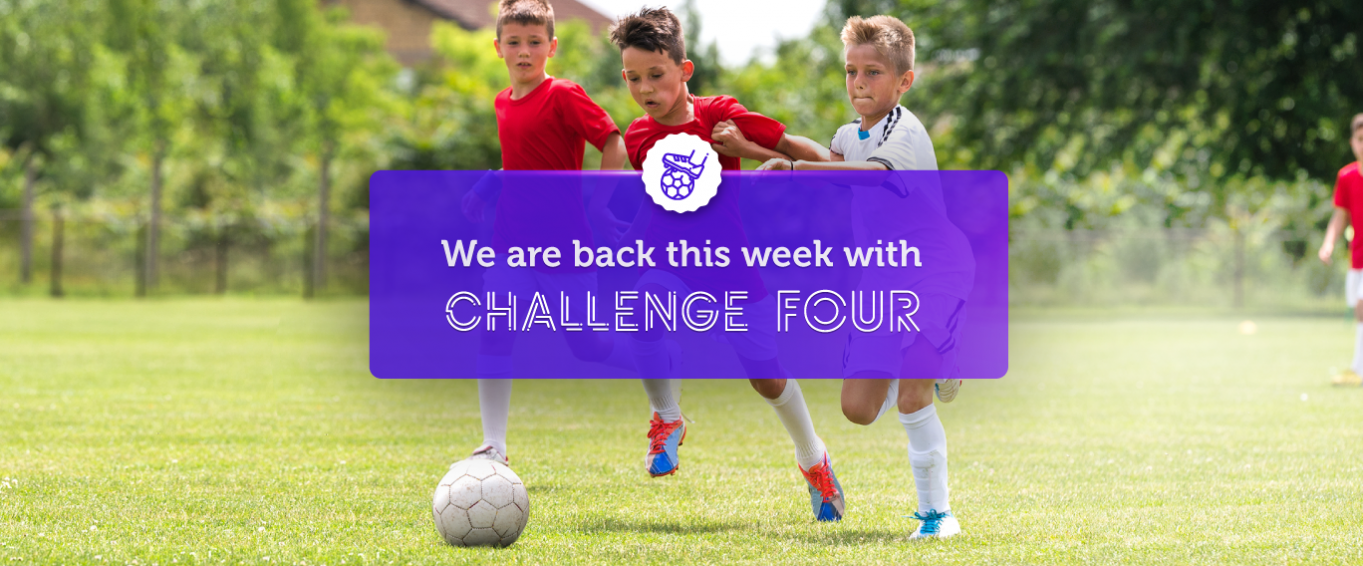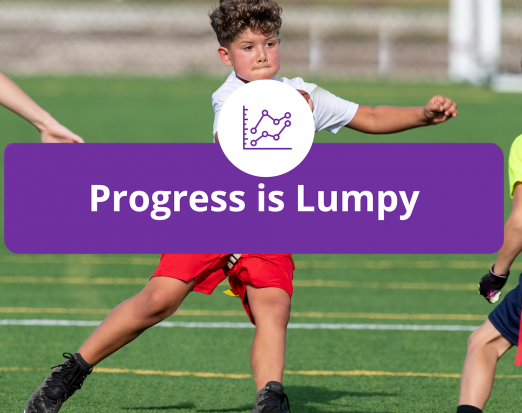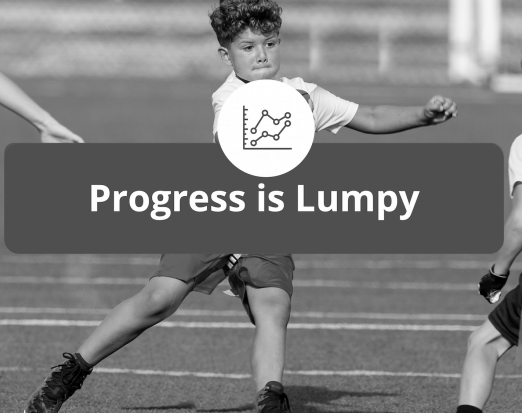PRE-SEASON AT HOME - CHALLENGE 4 - DEVELOPING AGILITY

Pre-Season at home is already into its 4th Week…. Which means it is not long to go before we repeat our challenges and see if we have set new personal bests.
Before that, we continue with our theme of Practice, Practice, Practice, and to help you practice, our expert team are this week focusing on Agility.
Over the years, Agility has been defined in a number of ways, and often mistaken for different things, so we look at exactly what Agility is, and we also look at how we can develop it. We will also provide you with details for Challenge 4 and a great activity to help support you with you Agility training.
What is Agility?
Agility, is first and foremost, the bodies ability to change direction at speed whilst remaining in balance, i.e. not falling over. During Challenge 1, we tested our agility with the 5:10:5 agility challenge (see below)
Agility however, isn’t just changing direction, but it is also about reacting to a stimulus. Let’s consider a footballer in possession of the ball in two scenario’s.
- Running In Space. They change direction at a controlled speed, with no other reason to do so other than position and choice, e.g To get closer to the goal.
- Quickly Closed Down. They make a similar change of direction, but need to zig-zag in between two defenders to avoid being tackled, using reactions, change of direction and speed.
Which one would require the greater Agility?
Our point is it would be the second scenario that requires greater agility. It is not only the changing direction, at speed, in balance, but it is the reaction to the external stimulus that makes this change more difficult.
The same can be said when thinking of Tennis players, thinking the ball is going to be hit to their forehand side, only for it to be hit across court. Agility would be needed to react and get to the ball in time.
So…. Agility and Change of Direction are different things?
Yes. Changing Direction is just a small part of agility, but on its own, it is a closed skill, it can be pre-programmed and planned.
Agility is the change of direction, the reaction to an external stimulus and the decision taken by the athlete to the stimulus. Agility is an open skill, it can be random, sometimes chaotic.
What kind of Stimulus impacts on Agility?
The best coaches will try and replicate sport realism in the training, and we have done the same thing for our Young Champions app.
When training, coaches will focus on types of sport specific stimulus in an attempt to have the greatest impact on Agility such as:
- Using Opposition – For most sports, athletes will need to react to an opposing player.
- Environment – Scenario based training, e.g. During the game you are 2-0 down with 10minutes to go (this will change the way the game is played).
Developing a change of direction is a really good start to developing your Agility, as it provides the basis of the skill.
To develop Change of Direction consider;
- Give your training CONTEXT: Using the activities in the Young Champions App, try to come up with your own mini games within your training. For example, try to complete in the quickest time, or with the fewest mistakes etc.
- Build in Speed Work: Remember, one of the key concepts of Agility, is to do things quickly, and so it makes sense, that if we are trying to improve our agility, that we should try and improve our speed too.
- Strength Training improves the athletes relative strength, which can be transferred into improving maximal speed. As such this will allow the body to move quickly and to be more “stable” through the change of direction.
- Plyometrics Drills: Plyometric training refers to a specific exercise modality that is built around jumping, hopping, bounding and skipping movements. They are performed in an extremely fast and explosive manner (Lloyd, 2012). They are designed to continually work the muscles through their short-stretch cycle to promote the improvements in strength and power, which in turn, should have a positive impact on change of direction speed, and eventually agility.
In week one, we monitored the change of direction speed with the 5:10:5 challenge as we discussed earlier in this blog.
BUT HOW DO WE DEVELOP AGILITY?
Now that a base has been developed by developing changing direction at Speed, Agility can be developed. Consider using the following ideas to sharpen your agility skills:
Play with a Friend: Playing with a friend, or with multiple friends will pose more problems that will need solutions. Using your friends to help push you along is similar to facing opposition. Try and overcome all problems quickly and reactively.
Play in different positions: If you are a defender in your sport, sometimes play as a striker and vice-a-versa, it will give you a new understanding of your sport and will allow you to pick up on information (stimulus), quicker!
BRAIN TRAINING! Using coloured cones, different start and stop words etc to keep you thinking throughout the session. Some coaches pose questions rather than directions for example, even numbers run to the red cone and odd numbers run to the yellow, the coach will then shout a number e.g. 2, or a basic math question that requires mental agility.
The Young Champions app, will provide you with a range of activities that are specifically developed to enhance your speed and agility, as always our message is to keep practicing, development and improvement does not happen with the click of the fingers. Keep trying.
If you would like more information on Agility, visit our Young Champions Website and sign up for FREE here
TIME FOR CHALLENGE 4
We have included one of our favourite activities from Young Champions below, this is a great activity to help you improve your Agility.
Challenge 4 is to watch the following video, then record yourself attempting the activity and send it to us, the best examples may feature of our socials next week.
Remember the main challenge this summer is to progress and show improvement by the end of the six weeks, this will help you on your way.
Good luck, and happy training.





